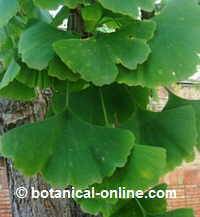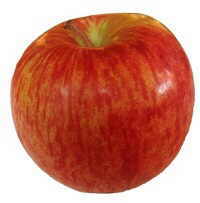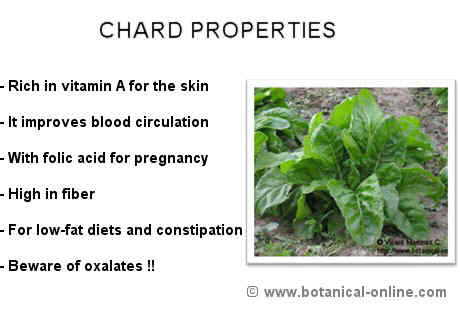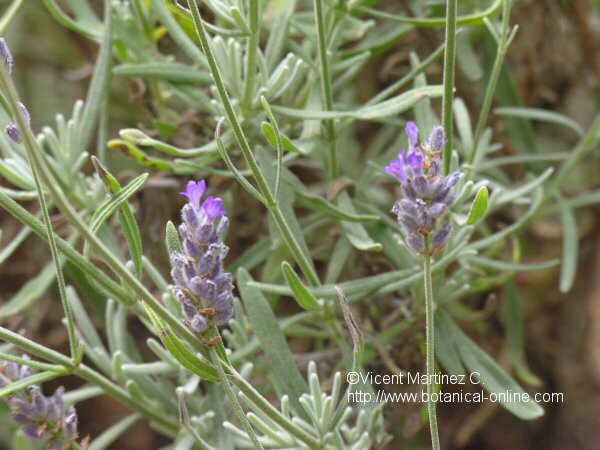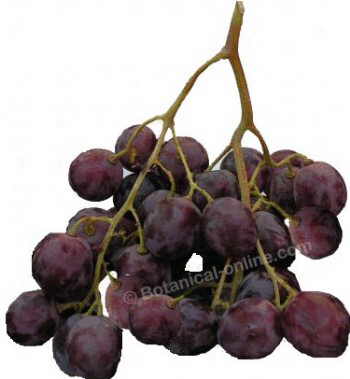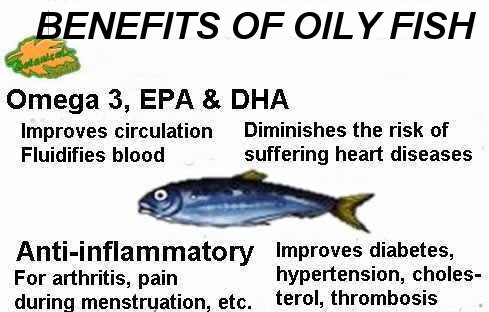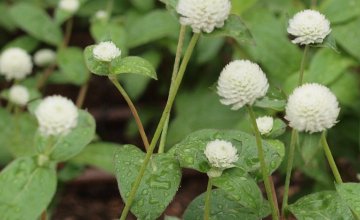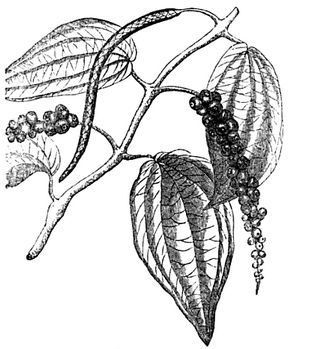Contents
Herbal natural treatment for allergic rhinitis
Phytotherapy. Preparations with plants for hay fever
The role of phytotherapy in the treatment of hay fever is providing plants with the following properties:
- Anti-inflammatory plants, to diminish inflammation
- Anti-histaminic plants, that help prevent adverse reactions.
Medicinal herbs to treat hay fever
Among allthe medicinal plants for hay fever, we can pointg out the following:
- Stinging nettle: (Urtica urens) is useful to combat pollen allergies, including hay fever, avoiding its unpleasant effects such as production of mucus, or cough. (Infusion of a spoonful of dried leaves per cup of water. Drink 3 cups a day)

Ginko leaves
- Ginkgo: (Ginkgo biloba) Extract preparation is available in pharmacies and herbalists (Take according to preparation conditions, without exceeding the dose, so that it is not toxic)
- Liquorice: (Glycyrrhiza glabra) Used especially to relieve rhinitis. (Take capsules sold in pharmacies and herbalists in accordance with the terms and conditions of the prospectus)
- Sea-grape: (Ephedra helvetica) Due to its content in ephedrine, it has properties similar to adrenaline, but is dangerous because it affects blood pressure and heart rate, especially in prolonged use or at higher doses than normal (See toxicity of this component) On the other hand has proved quite adequate use in the treatment of allergies. (Infusion of a spoonful of dried flowers per cup of water. 2 cups per day)
- Fenugreek: (Trigonella foenum-graecum) It helps to prevent the appearance of hay fever in people who have this disease (Decoction of 40 gr. Seed for a few hours previously soaked in cold water in a liter of water for a couple of minutes. One cup a day a few days before starting the season in which there are allergies)
- Horseradish: (Amoracia rusticana) It clears the nose. (Eat a small piece each day. It has a spicy flavor.)

Apple
- Apple tree (Malus domestic) apple cider vinegar is used to stop the production of mucus. (4 tablespoons per cup three times daily for 3 or 4 days. Then gradually reduce to zero, little by little.)
- Onion: (Allium cepa) It helps you breathe better by means of decongesting your nose (maceration of a peeled onion for a couple of minutes in water. Drink the liquid)
- Potatoes: (Solanum tuberosum) The application of a raw slice of tired and irritated eyes helps to reduce inflammation. Do not eat raw potatoes.
- Cucumbers: (Cucumis sp) One of the many interesting applications of the cucumber is its ability to relax tired eyes, moisten and alleviate redness. (Apply a couple of fresh-cut slices on the eyelids)
Diet for hay fever: Food and hay fever
It has been verified that the ingestion of fruits, vegetables and legumes, rich in vitamin C, Vitamin B, vitamin E, and bioflavonoids (substances that give the characteristic color to fruits or vegetables) can help treat allergies or prevent their onset.
Because of quercetin, it is is particularly interesting the ingestion of garlic and onions to diminish the reactions. (Eat plenty of these vegetables at every meal)
![]() More information on hay fever.
More information on hay fever.

